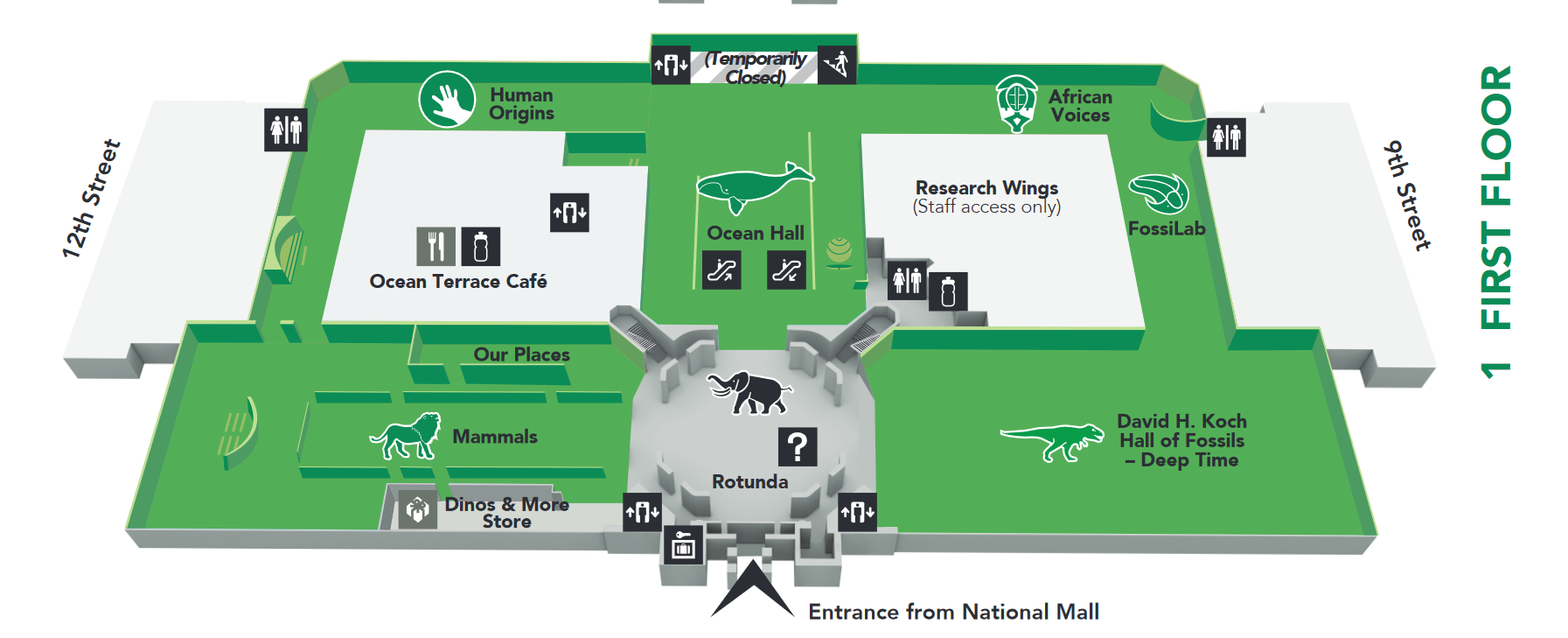Teaching Map Skills

Reading a map is an important skill for students to use in many different content areas. This strategy is part of Colorín Colorado's ELL Strategy Library and can be used to support academic language development for all students.
Strategy Overview
Students will encounter maps in a variety of content areas, including Social Studies, History, Geography, Science, and Math. They may also have to read and interpret maps on assessments. And they will need them in their daily lives. While today's students may have advanced digital skills using maps and following directions from map apps, that's a different set of skills than reading a hard copy of a map, like the kind you might get when visiting an amusement park or a large complex like a hospital.
Different types of maps include:
- Maps of buildings, like hospitals, schools, and museums
- Maps of outdoor spaces, like parks or zoos
- Maps showing natural features and terrain (also called physical maps)
- Weather/climate maps
- Political maps showing borders
- Electoral maps
- Road maps
- Transportation maps, such as bus, train, or subway systems
- Maps showing routes of parades, races, or other big events
- Maps showing data about topics such as economics, public health, and agriculture
- Infographics
In addition, maps can take many forms, such as paper maps, digital maps, maps in books, and globes. This map shows the first floor of the Smithsonian's Natural History Museum in Washington, DC. What questions do you think a student might have about this map?

How This Strategy Supports Language Development
Reading a map is an abstract process. It involves:
- Understanding how symbols and visual information represent real-world places
- Learning to interpret the information on the map
Students may also be asked to complete language-focused tasks related to maps, such as:
- Reading and writing
- Discussing, explaining, summarizing, and comparing
- Solving a problem
- Answering questions
At the same time, while there are many kinds of curricular materials available related to maps, many of these resources don't address ELL instruction; lesson materials may need to be adapted to support ELL access and success.
Step-by-Step Instructions
Background Knowledge
Consider the background knowledge students will need to successfully complete the map skills lessons you are teaching and think about the following questions:
- Are there connections you might make in your lessons to students' experiences?
- Are there areas where your students might need extra knowledge?
- Is there information you should pre-teach?
In addition, consider planning a warm-up activity where students post something about themselves on a map, like the country they are from, where they were born, which part of the city they live in, etc.
Language Demands
If you are using a unit or textbook for teaching map skills, preview the lessons carefully and think about the language demands of the lessons, such as explaining, reading, or using key terms. This is a great topic for collaboration between ELL specialists and content teachers.
In addition, identify the kinds of writing or speaking students will need to do as part of the lesson, and introduce academic language that students can use to describe the information they are interpreting. One way to do this is by using sentence frames. These might include phrases such as:
- Directions: "_________________ is north of _______________."
- Features: "On this map, ____________represents _____________."
- Types of maps: "This is a ________________ map because it has _____________."
- Distances: "___________is _________ miles east of ____________."
- Position: "The ___________ is next to ____________."
Note: You can see sample map skills units in this National Geographic collection and in this guide on map skills for elementary students from the National Council for Social Studies. (See related tips in Teaching ELLs to Navigate Textbooks Effectively.)
Key Vocabulary
- Identify key vocabulary terms and elements of the map you need to explain, such as the title, key, scale, and labels.
- Keep in mind that some of these words, like "key" and "scale," have multiple meanings in English.
- In addition, many words will have cognates, such as the English-Spanish pairs map/mapa and geography/geografía.
Creating Maps
- If students will be creating their own maps, start by asking them to make a map of a small space they are familiar with, such as the classroom, school, or a place where they spend a lot of time.
- You may wish to scaffold this process by providing blank maps of a familiar space that they can label.
- Look for ways to make the maps "hands-on" by having students take photos that can be added or incorporating other "3-D" objects.
- Learn more about the digital tools available related to map-making.
See related tips in Using Sketchnotes with ELLs.
Lessons Learned

- Focus on one type of map at a time (e.g., physical map vs. political map).
- Show students how maps can be used in lessons from different content areas, as well as practical applications.
- Clearly label and define each part of the map and ask students to do so as well.
- Look for opportunities to apply map-reading skills in other lessons, outdoor activities, scavenger hunts, or on field trips.
- Include books or stories about maps in your unit, such as atlases or children's books, such as Follow That Map!
Differentiation
- Provide sentence frames at different proficiency levels.
- Use students' languages to label maps or provide short text explanations.
- Look for ways to scaffold assignments for newcomers with extra visuals, graphic organizers, and language support.
Co-Teaching Considerations
Content or Grade-Level Teacher
- Determine the key information students need to know for the map unit.
- Collaborate with the ELD teacher to identify scaffolds that will support students' academic speaking and writing about maps.
English Language Development Teacher
- Identify key vocabulary that students will need for the lesson.
- Determine the language expectations for the lesson unit. What kinds of information do students need to read or write to successfully complete the lesson?
- Co-create scaffolds with your colleague based on the type of information provided.
- Work with small groups of students to differentiate as necessary.
Examples
This student project from Tan Huynh's class shows different types of maps.

Related Resources
- Primary Sources, the Library of Congress, and English Learners (Colorín Colorado)
- The Best Sites For Introducing Maps To English Language Learners (Larry Ferlazzo)
- Map Making (Reading Rockets)
- Which Way? Map Activities for Kids (PBS Kids)
- Map It! (PBS Learning Media)
Featured Classroom Map Resources
- Is This a Map of the Underground Railroad? (PBS Learning Media)
- Electoral Decoder: Interactive Map (PBS Learning Media)
- Native Words, Native Warriors: Languages Used by Native Code Talkers (Smithsonian National Museum of the American Indian)
- Interactive Maps (National Oceanic and Atmospheric Administration)
Further Reading
For additional ideas, resources, and strategies, see Long-Term Success for Experienced Multilinguals by Beth Skelton and Tan Huynh.



